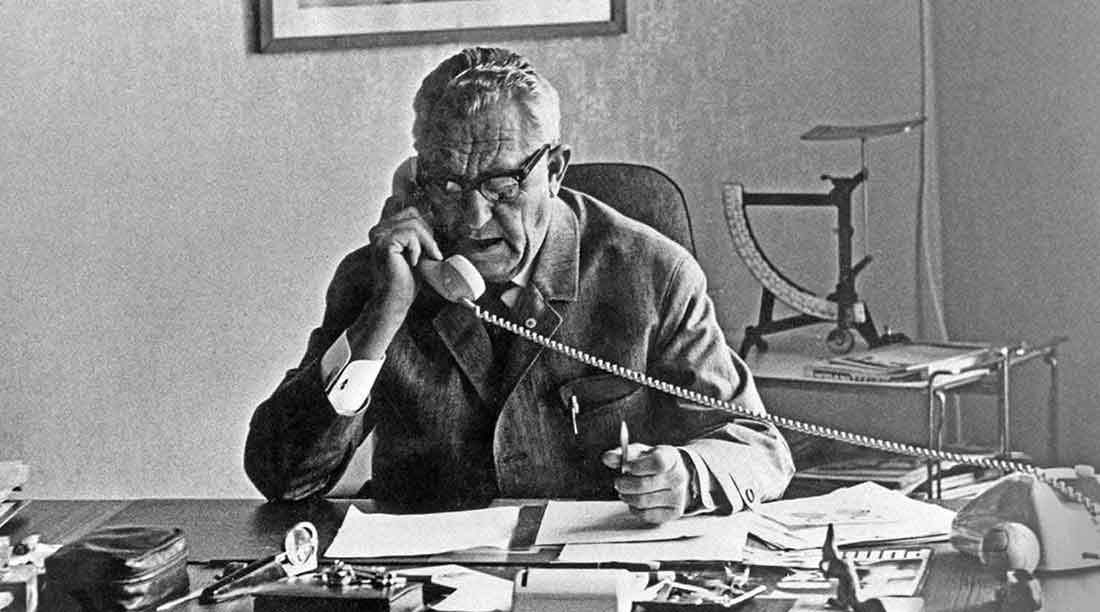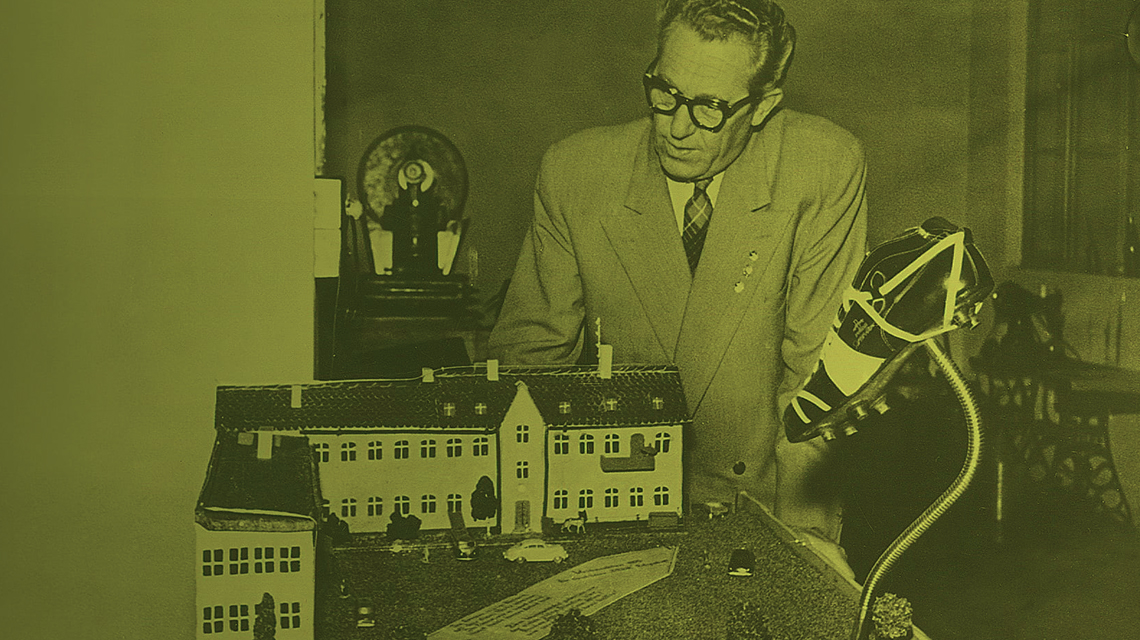
RUN FASTER
5 tips to increase running speed
January 4, 20245 tips to increase running speed
January 4, 2024Whether you’re a seasoned runner or lacing up your shoes for the first time, the desire to run faster is a common goal. Pushing the pace on your daily jog is a tempting way to train speed, however it’s not particularly effective and may lead to injury; building pace requires a well thought-out and holistic approach. In this article, we’ll explore five essential tips to help you run faster.
-
Strength Training: Build Power from the Core
Many runners focus solely on logging distance without paying enough attention to strength training. However, building strength is a key component of running faster. Incorporating well-rounded strength training sessions into your weekly routine will help to improve both speed and endurance.
Not surprisingly, it’s important to focus on exercises that target the core, legs, and glutes. But don’t neglect the upper body. A strong and stable upper body helps in maintaining a steady arm swing, contributing to overall running efficiency.
Make sure to include unilateral exercises to boost stability and balance, enabling you to maintain proper form as you pick up the pace, for example, single leg deadlifts, Bulgarian split squats, single arm shoulder press and single arm bent over row.
-
Interval Training: Break the Monotony
Long, steady-state runs are beneficial for building endurance, but if you want to run faster, you need to introduce variation into your training routine. Interval training involves alternating between short bursts of intense effort and periods of rest or lower-intensity activity.
This not only improves cardiovascular fitness but also conditions your muscles to handle the demands of faster speeds. Interval training is an important tool for increasing your speed, as it helps improve your body’s ability to deliver oxygen to the muscles and enhances your overall anaerobic capacity.
-
Rest: Avoid Overtraining and Injury
It’s crucial to understand the importance of rest in the pursuit of speed. Overtraining can lead to fatigue, decreased performance, and an increased risk of injury.
Schedule regular rest days in your training plan to allow your body to recover. Rest is when your muscles repair and strengthen, helping you become a more resilient and faster runner. Listen to your body—if you’re feeling overly fatigued or experiencing persistent pain, it’s a signal to ease off and prioritise recovery.
Cross-training is another effective way to give your running muscles a break while maintaining fitness. Activities like swimming, cycling, or yoga can complement your running routine, providing a well-rounded approach to overall fitness.
-
Consistency: Lay the Foundation for Progress
Consistency is the key to any successful running program. Create a realistic and sustainable running schedule that aligns with your fitness level and goals to reap the cumulative benefits of regular, purposeful training.
Consistency extends beyond the frequency of your runs; it also applies to the intensity and duration. Gradually increase the intensity and distance of your runs to challenge your body and promote continuous improvement. Keep a training log to track your progress, celebrate achievements, and identify areas for adjustment.
-
Progression: Gradual Steps Toward Speed
Running faster is a gradual process that requires patience and strategic progression. Avoid the temptation to push yourself too hard, too soon, as this can lead to burnout or injury. Instead, slowly increase your speed using periodisation. To build speed, include phases of increased intensity and volume, followed by periods of reduced intensity for recovery. This structured approach allows your body to adapt to the demands of faster running while minimising the risk of overtraining.
Set realistic short-term and long-term goals. Short-term goals could include shaving a few seconds off your kilometer pace, while long-term goals may involve achieving a specific race time.
In conclusion, running faster goes beyond simply running harder for longer. By integrating strength training, embracing interval workouts, prioritising rest, staying consistent, and progressing strategically, you’ll be well on your way to achieving your speed goals. Remember, the joy of running lies not only in the result but in the journey of continuous improvement.
Lace up, hit the pavement, and let your strides carry you toward a faster, stronger, and more enjoyable running experience.






